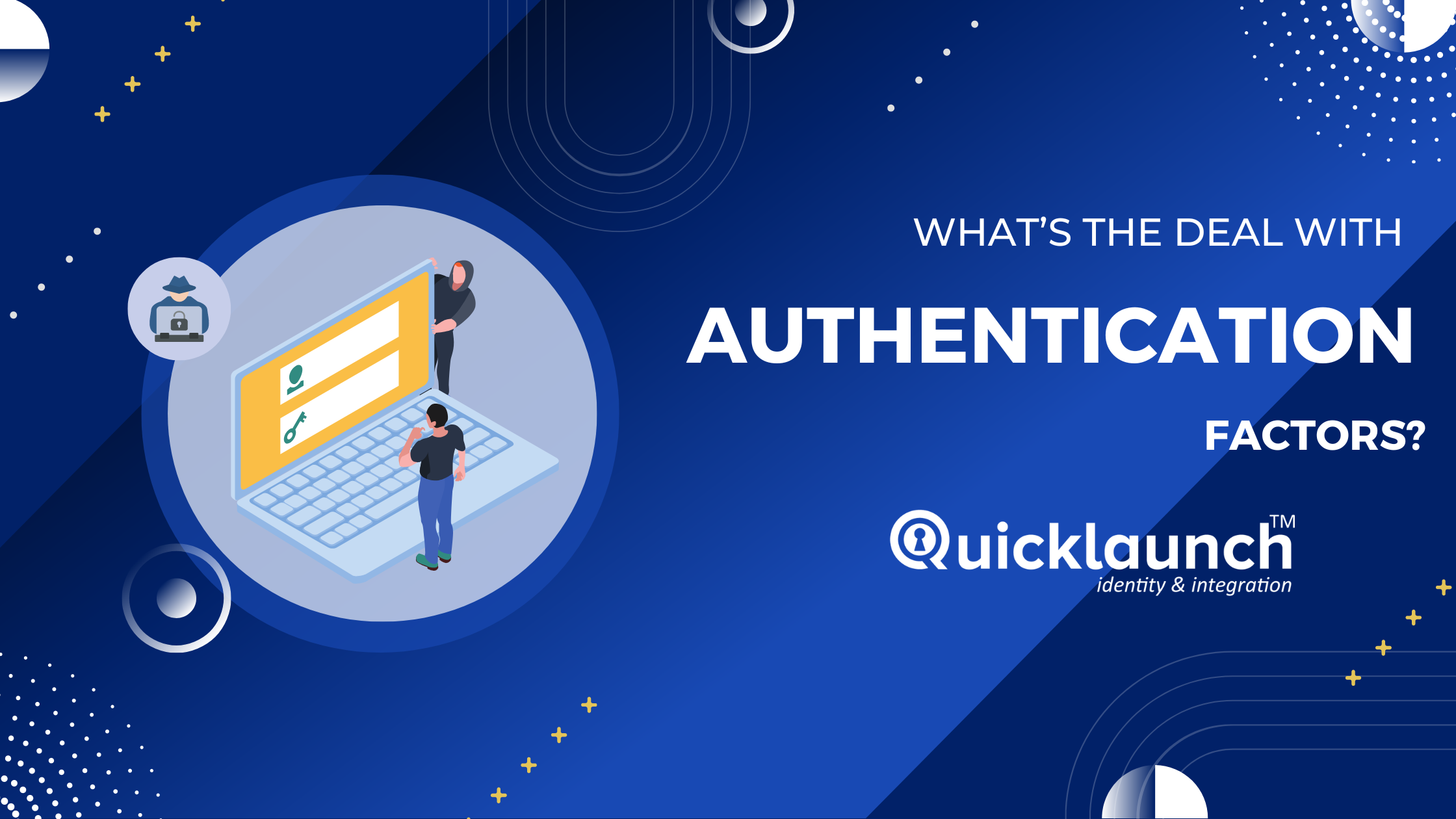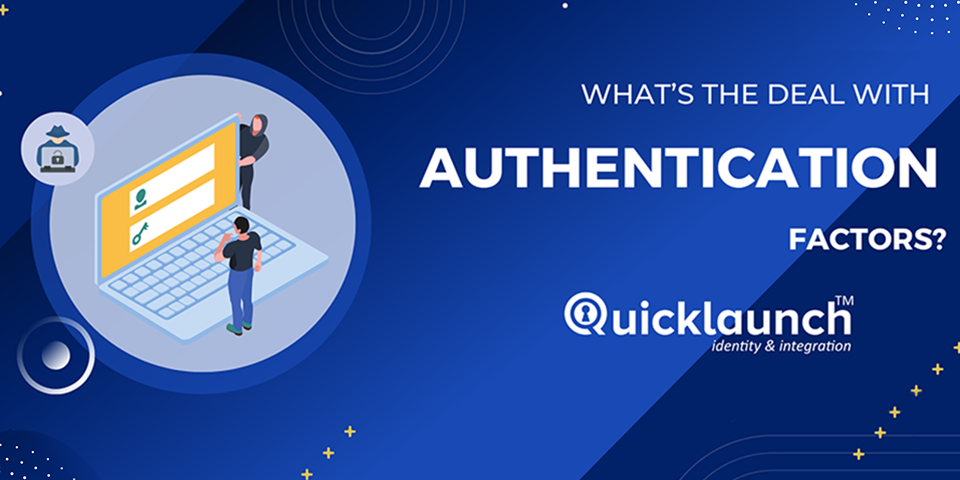
5 Ways QuickLaunch Ensures a Zero-Trust Framework.
February 9, 2023
Death of Passwords
March 20, 2023
In today’s world, security is paramount. As tech-savvy as we are as a society, cybercriminals are becoming more and more sophisticated. To stay ahead of them, we must use multi-factor authentication (MFA). But what exactly is MFA? Let’s explore the different types of authentication factors and how to use them to ensure our data stays safe.
What Are Authentication Factors?
Authentication factors are ways to identify an individual before they gain access to a system or website. This can range from something you know (like a password) to something you have (like a physical token). At their core, authentication factors exist to prove that someone is who they say they are.
The Three Types of Authentication Factors
There are three main types of authentication factors. They include something you know (knowledge factor), something you have (possession factor), and something you are (inherence factor). Let’s break these down one by one.
Something You Know: Knowledge Factors
Knowledge factors refer to anything that requires the user to provide information that only they would know for them to gain access to a secure system or website. Examples include passwords, PIN numbers, and security questions such as your mother’s maiden name or the name of your first pet. While knowledge factors can be effective when used on their own, they can also be easily guessed or hacked so it’s best when used in tandem with other forms of authentication factors.
Something You Have: Possession Factors
Possession factors refer to any form of physical identification including things like keys, tokens, cards, and even smartphones! These devices typically generate unique codes that need to be entered in addition to passwords for added security. Possession factors add an extra layer of protection because if someone knows your password but doesn't have your physical device with them, then it won't matter because, without the code generated by that device, access will still be denied.
Something You Are: Inherence Factors
Inherence factors refer to biometric data like fingerprints or facial recognition software which is impossible for someone else besides the user themselves to guess or replicate making it much harder for hackers or unauthorized personnel to gain access to secure systems or websites. As technology continues to evolve and become more advanced, this type of authentication factor has become increasingly popular due to its convenience and efficacy in preventing fraud and cybercrime.
Conclusion: When it comes to protecting our digital data from malicious actors, using multiple forms of authentication is essential if we want our precious information to stay safe from prying eyes. Whether it's something you know like a password or PIN number; something you have like tokens or keys; or something you are like facial recognition software; using all three forms of authentication greatly increases our chances of staying secure online! So, what do you think? Are you ready for some multi-factor authentication action? I sure am! Good luck out there friends!




